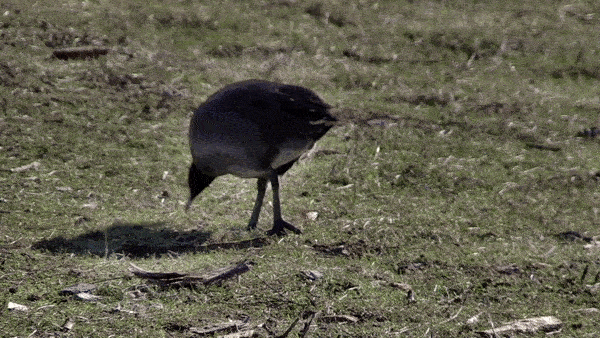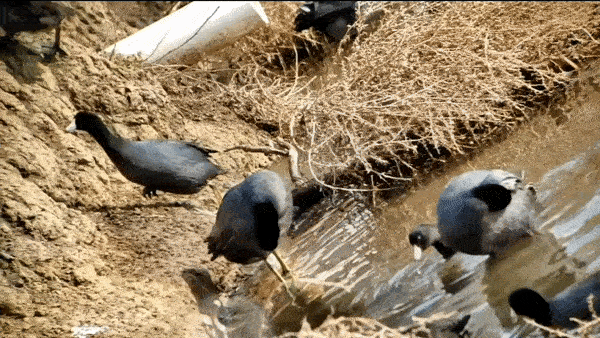Hello folks who wonder if ghosts are just people who took the phrase "keep in touch" a little too seriously,
How do you get people to go crazy over a dish that is mediocre at best?
- Make it available for a short time.
- Quantities should be rationed like caviar for civilians during WW2.
- Boast about ingredients that are from two different continents to deliver the same authentic flavor.
- Overstate how the amount of love and care that the leafy greens got was more than most kids ever get from their parents.
- Cost should be on the higher side, otherwise it will too accessible.
And behind the scenes just buy a frozen dish from Trader Joe's, heat it up and serve it to the selfie obsessed eager guests for a premium amount. You see, we don't really appreciate the things that are most commonly seen or the people we spend our lives with because we get used to it. There is nothing novel about it anymore and posting pictures of those leads to exponentially decreasing social media love with every post.
American Coots are the pigeons of our lakes, parks and salt marshes. They are so abundant in every location that birders(folks who frown when you ask them what this plant is) usually roll their eyes when you ask them if Coots are among their favorite birds. No matter what your opinion is on these coots, it is hard to deny that these birds were born to be in the limelight. Since they are pretty comfortable being around humans, it is really easy to observe their peculiar behavior.
For starters, they can be seen flaunting their waterproof feathers with water droplets rolling right off its back.
But good things come at a cost and they constantly have to straighten and clean their feathers with their beak to make sure they stay in prime condition. So next time, the coot cancels dinner plans at the last minute stating it has to preen its feathers, just know it is not lying.
One reason that these birds are so successful is because they have a diet varying from aquatic plants, grasses, invertebrates, eggs and anything that well-meaning humans are handing out.
Another reason is the adaptation of their big feet which help with walking on land as well as swim in the water. Observe how their feet fold with each step on land.
As we saw in a previous post that Canada Goose grip the tip of grasses and simply yank it to tear them because of the notch on the upper part of the beak.
Sadly, the American Coot wasn't endowed with the same kind of beak as the Canada Goose. They have a pointed beak which can't grip the tip of the grasses, so they improvise. They tilt their head and yank the grasses from the middle section.
Maybe you would lean slightly into the hill, swing your arms lower and shorter while maintaining your stride rate. Now, when random birds were asked this question on the street, most replied with "I will just fly, why would I run, isn't that what wings are for?".
One of the participant answered "Hmm... that is a great question. Even though it is tempting to just fly all the way, it uses a lot of fuel and a lot of red tape to get air traffic clearance for landing and takeoff. On the other end just running all the way is more energy efficient, although it is not that powerful to scale that hill. So a combination of both when you run most of the way and when it feels like gravity is raising its ugly head, flap the wings to give that instant push."
Below is the American coot displaying a behavior called as wing-assisted incline running which combines the best of both worlds.









No comments:
Post a Comment
Did you learn something new in this post? Let us know in the comments below